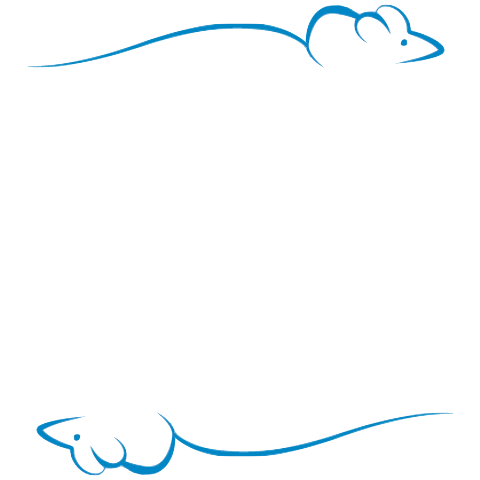Bolivar3: Intra-strain social interactions in 7 inbred strains of mice (2007)
Bolivar VJ, Walters SR, Phoenix JL. Assessing autism-like behavior in mice: variations in social interactions among inbred strains.
Behav Brain Res. 2007 Jan 10;176(1):21-6. Epub 2006 Nov 9.
Experimental groups in this study:
Procedures conducted:
| Social interaction (study 1 and study 2). |
• Download Bolivar3 project data set animal data, as uploaded
• Download Bolivar3 animal data matrix with factor-related expansion applied as necessary
• Download Bolivar3 strain means, SD, N, etc. one row per strain/sex/measure
| Investigators |
Valerie J Bolivar Wadsworth Center, Albany, NY |
| Participants | Walters SR, Phoenix JL |
| Contact | Valerie J Bolivar valerie.bolivar@health.ny.gov
|
| Acknowledgements | Funding provided by NIH MH067850 and MH068013 |
| Phenotype strain survey data set | |
| MPD identifiers | Bolivar3 MPD:642 |
| No updates/corrections. Initial release date: 03/2019. | |
|
Click above to copy-paste the entire citation for this MPD web page. |
